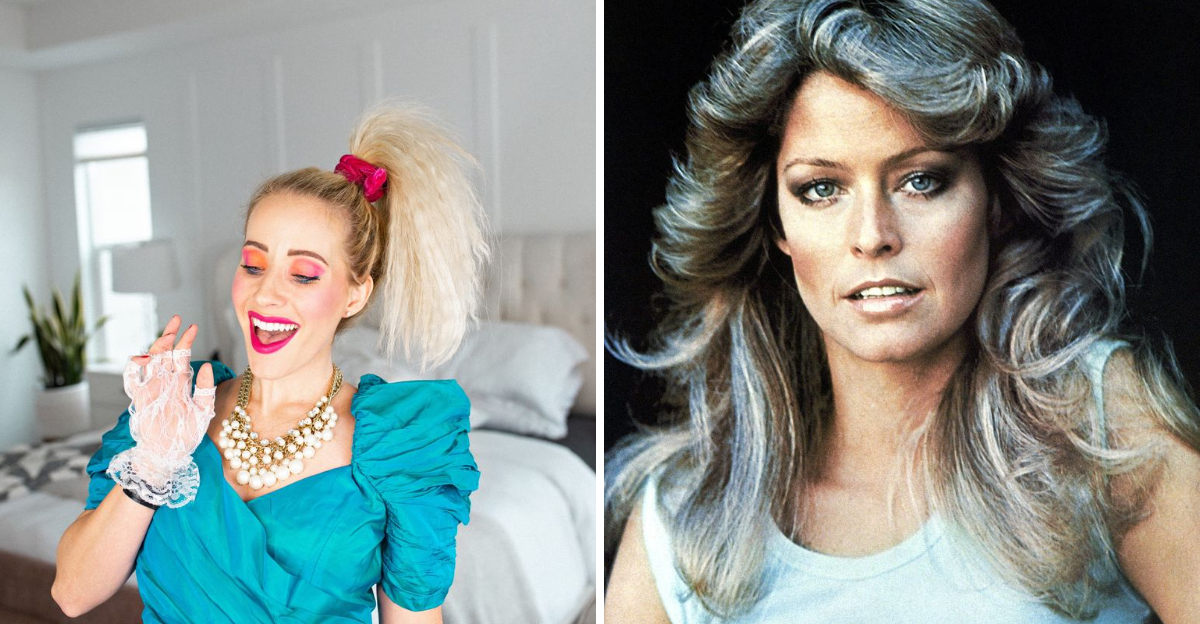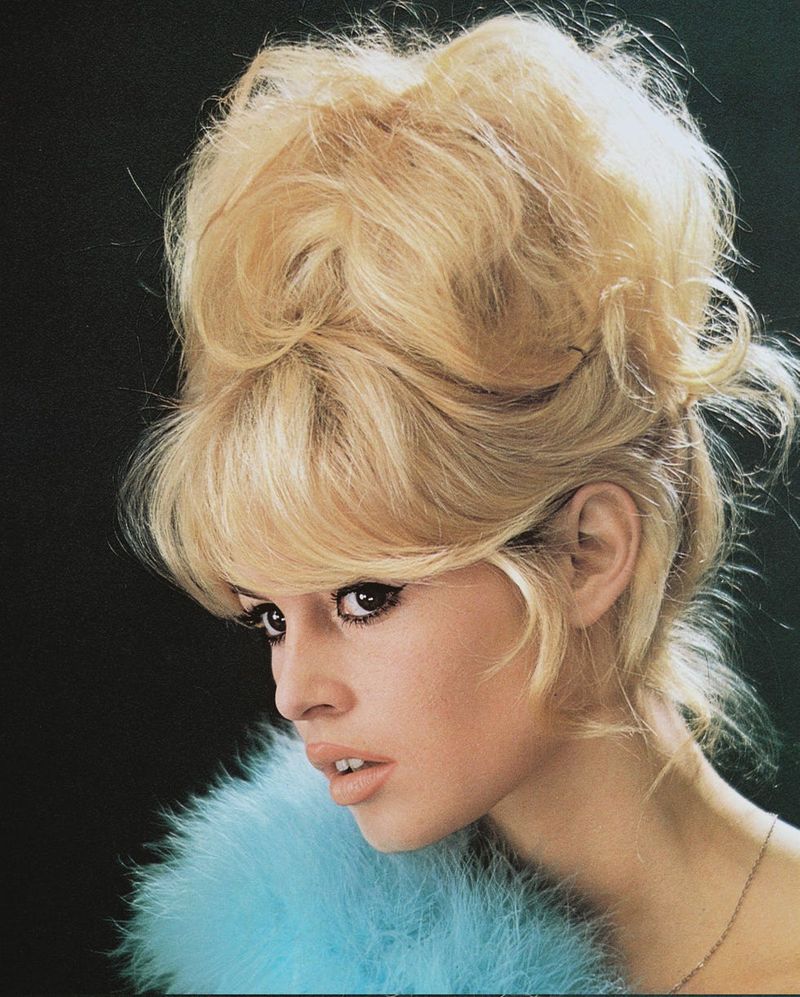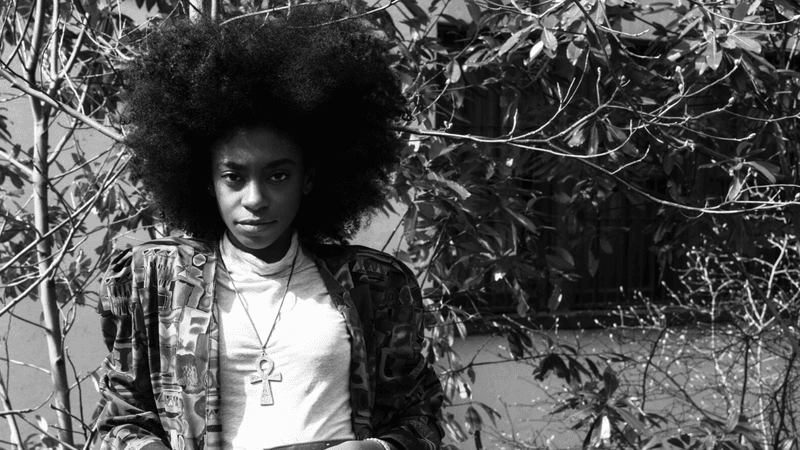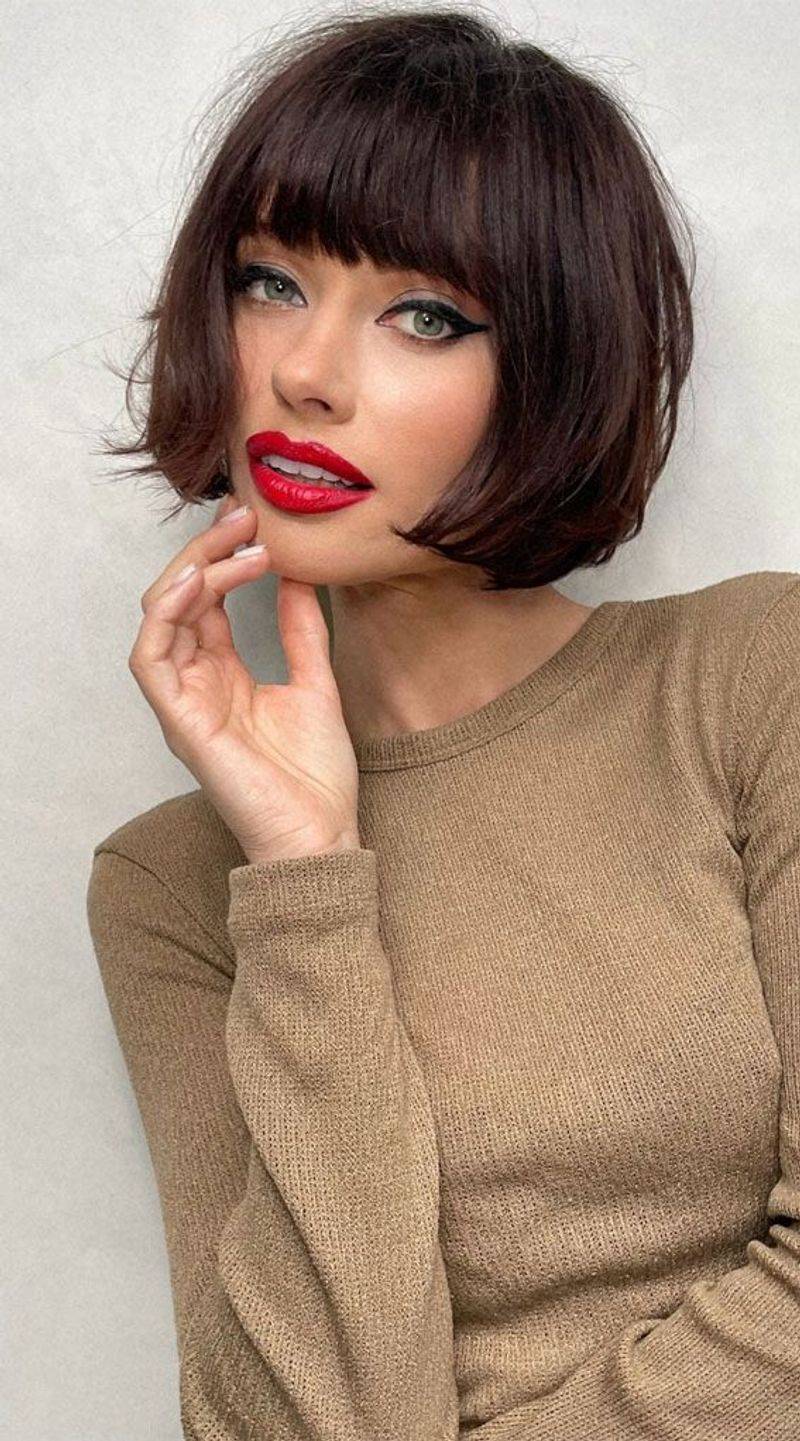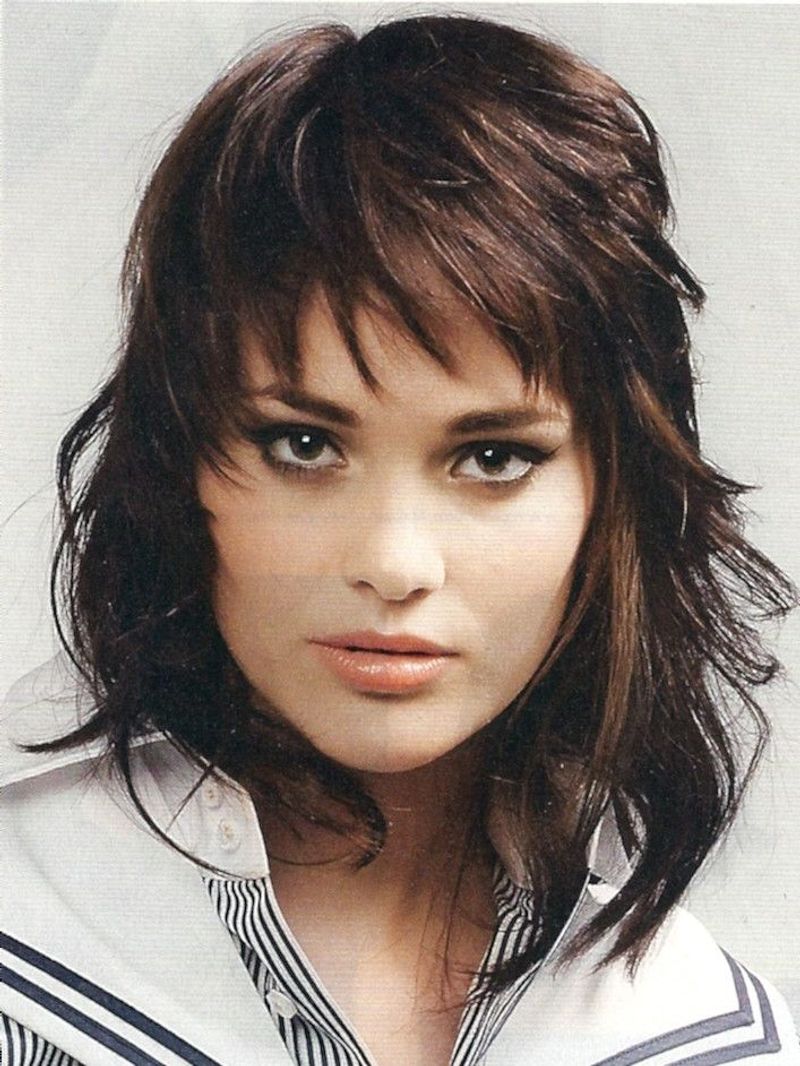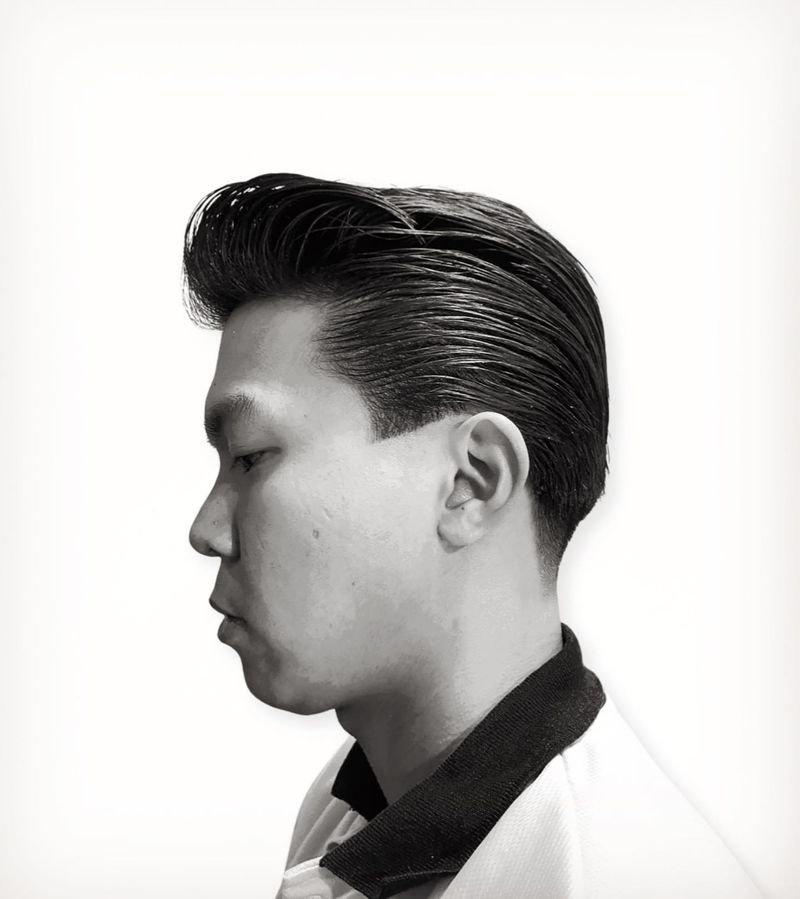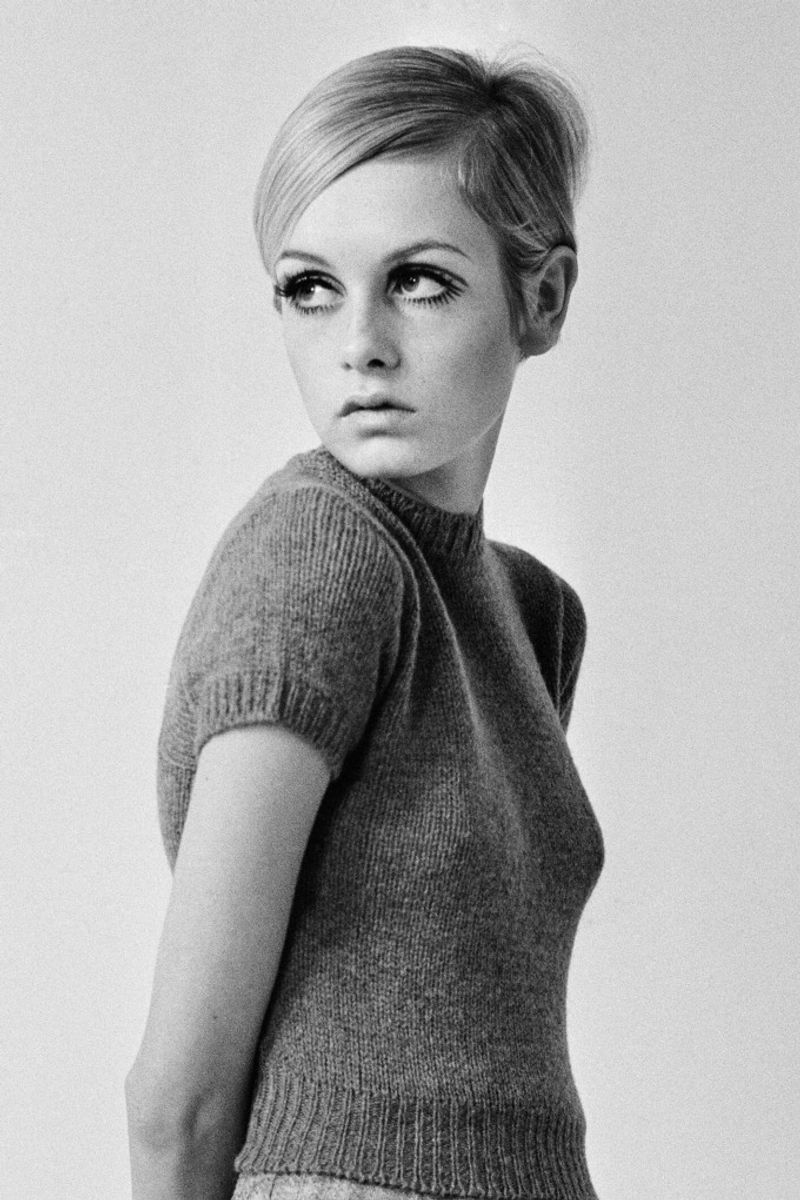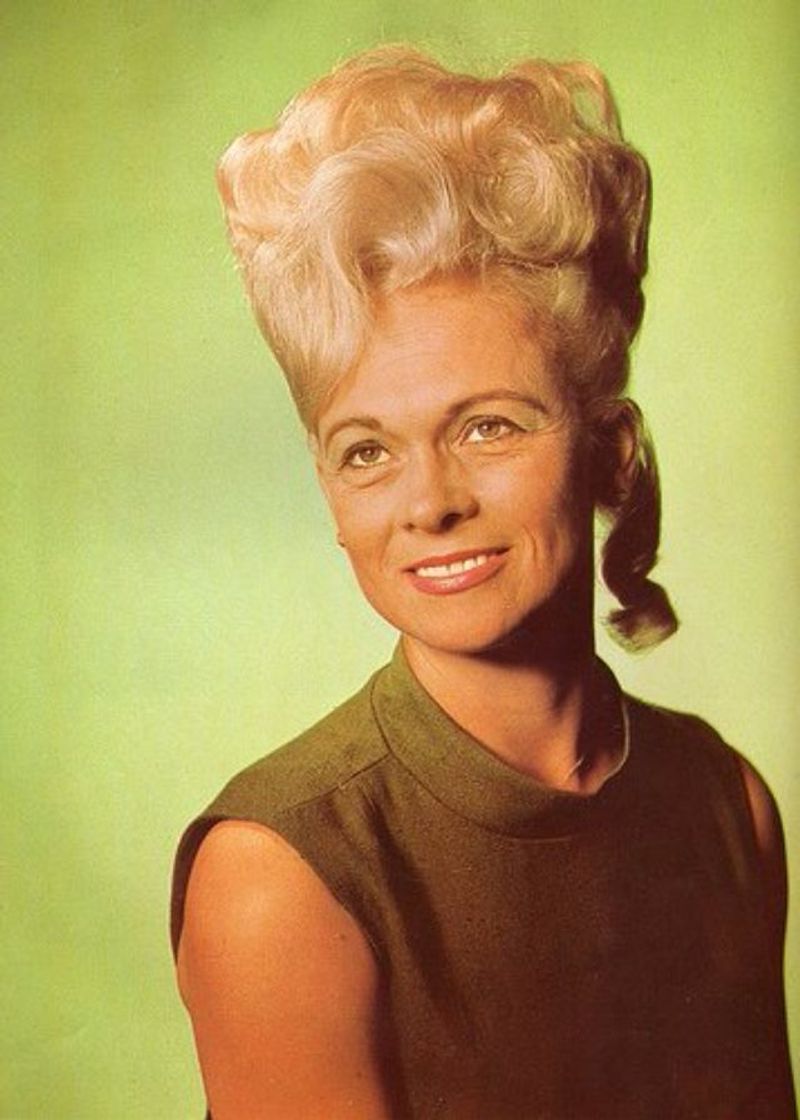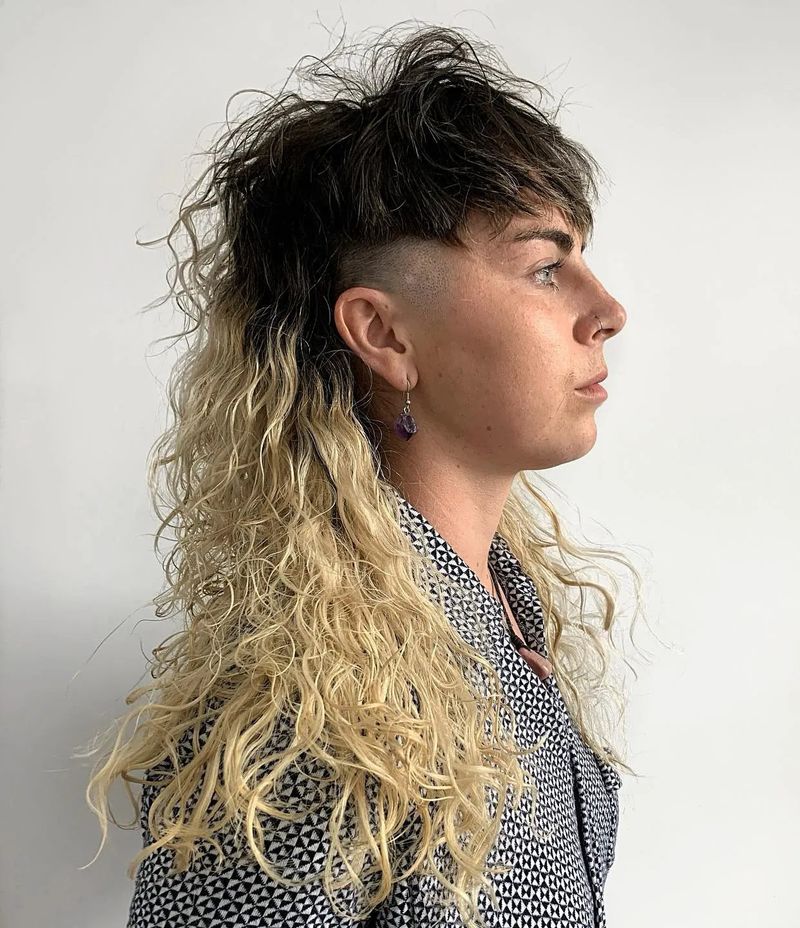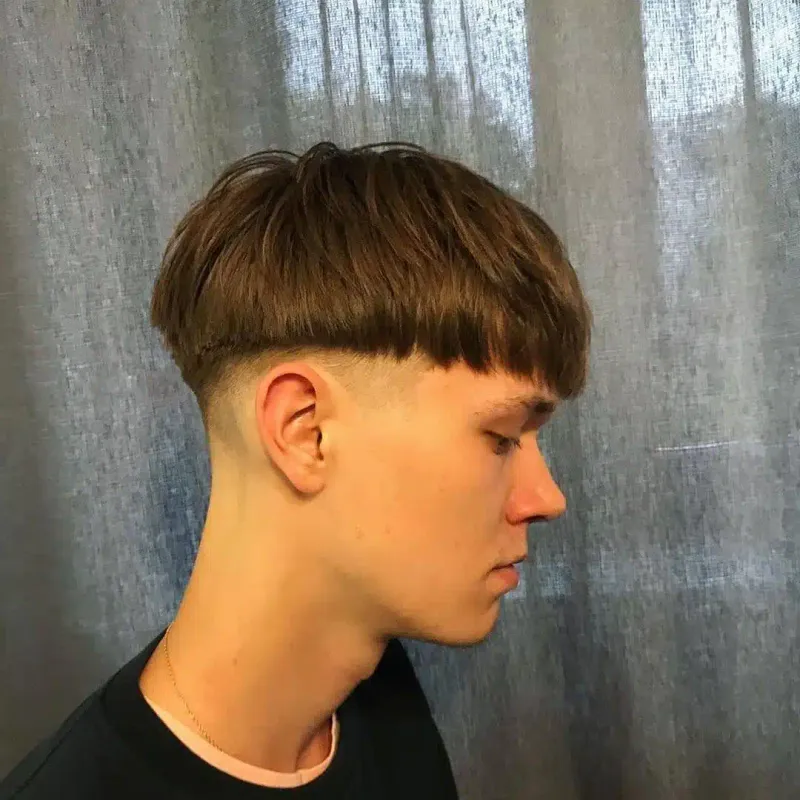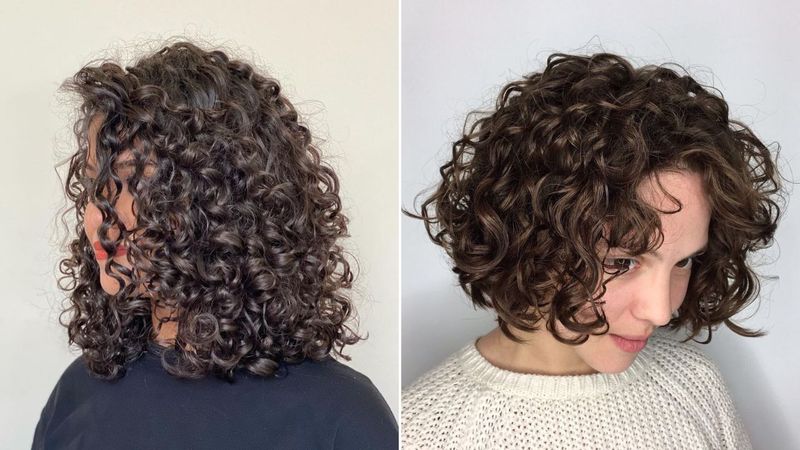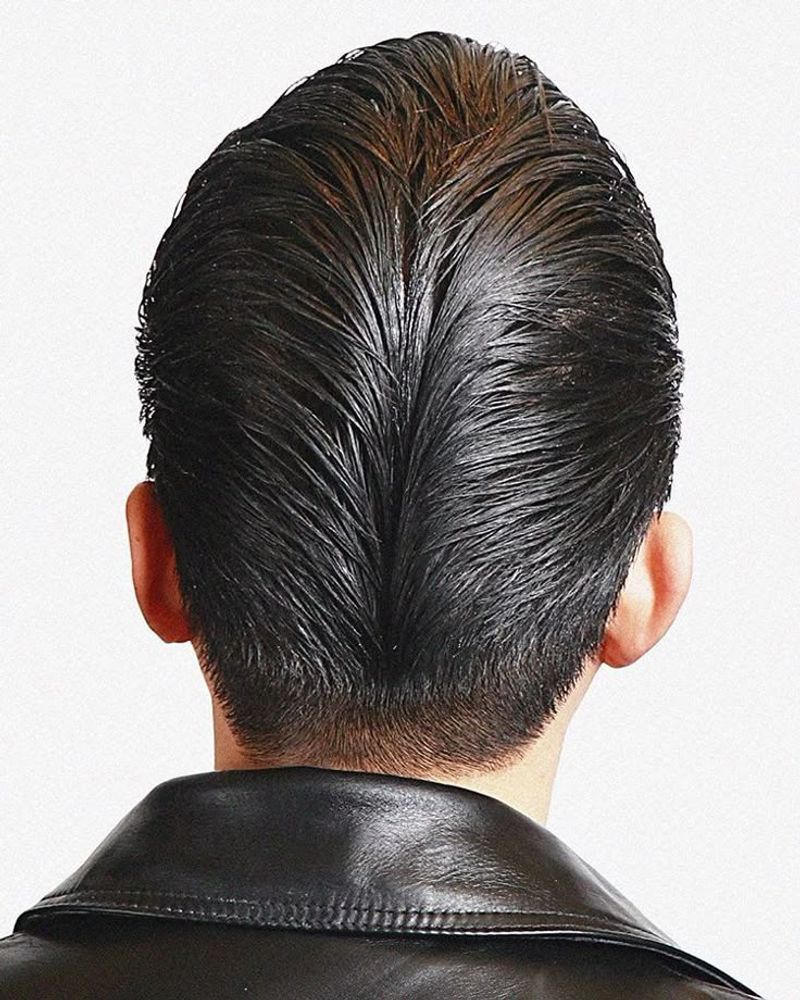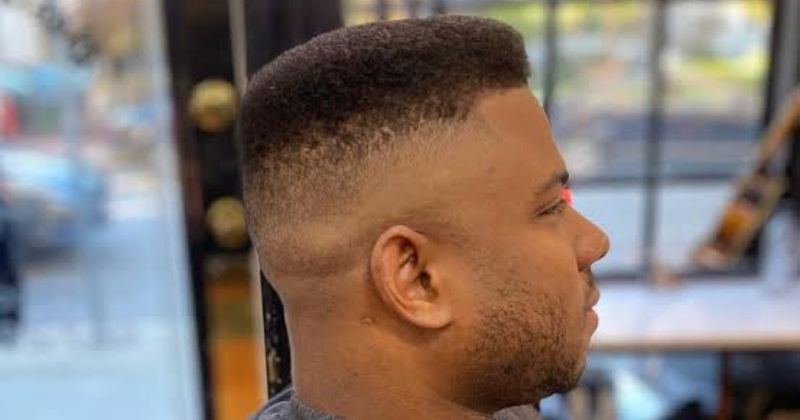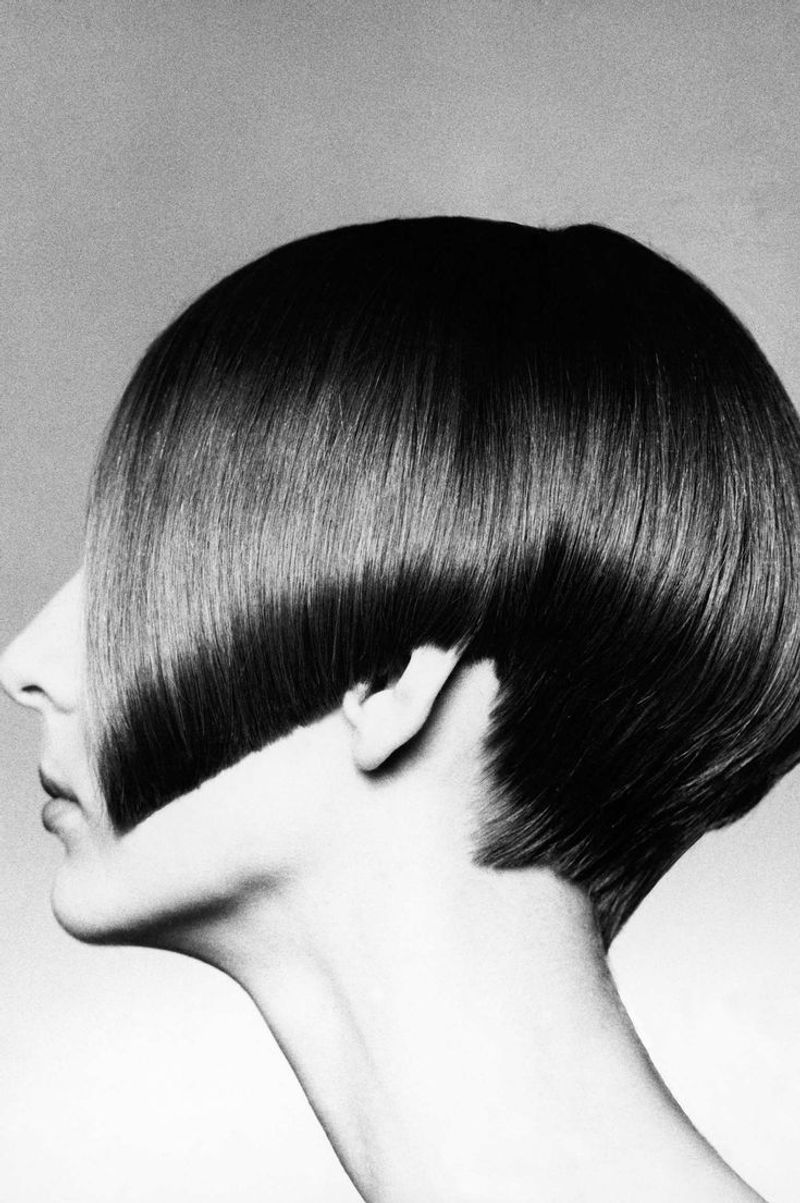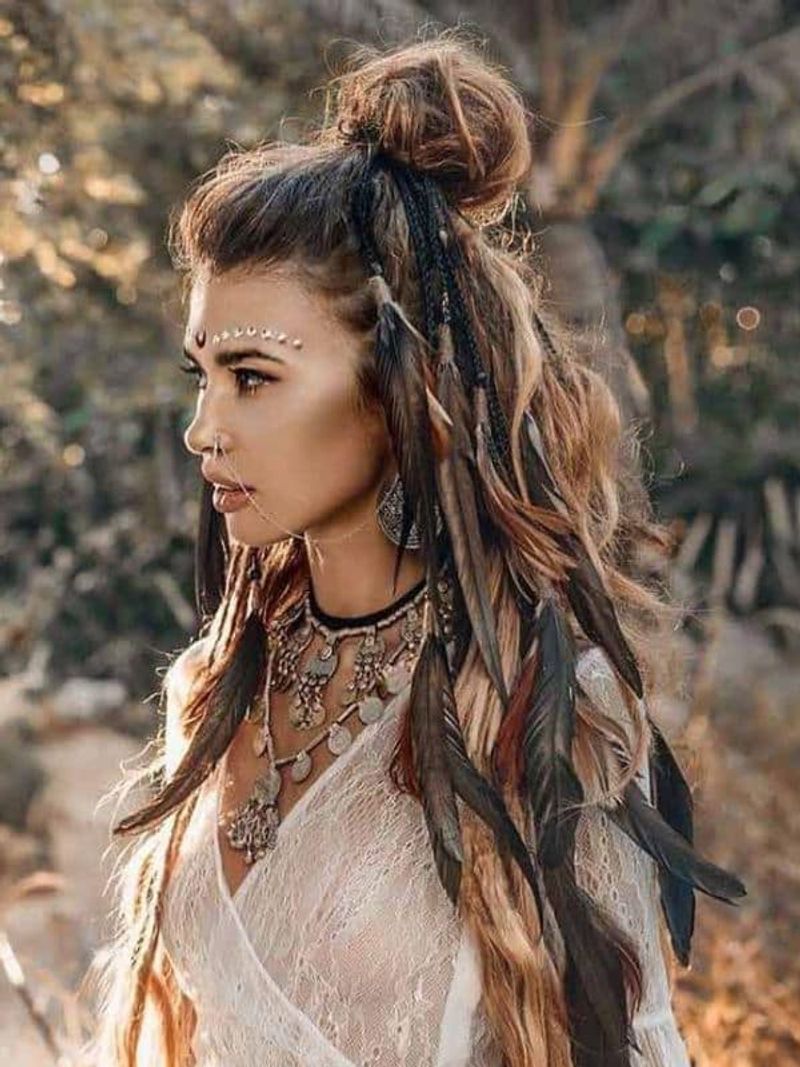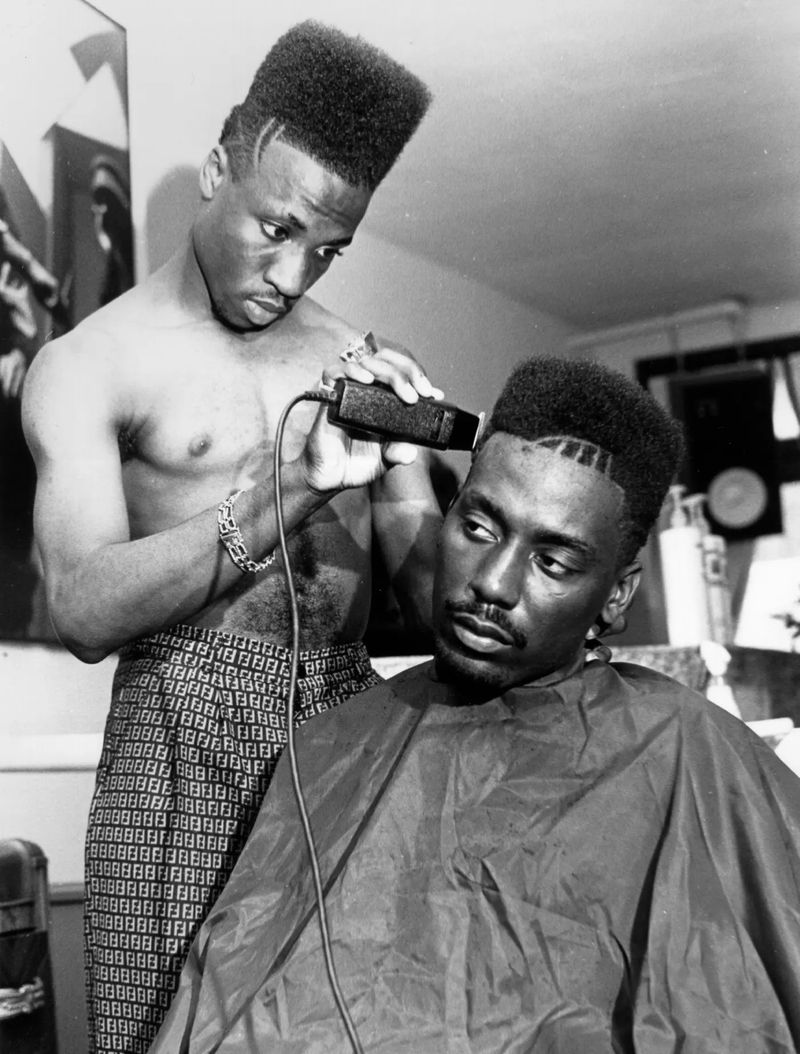Hair styles tell the story of generations better than almost anything else. Baby Boomers witnessed and pioneered some of the most iconic hair trends from the 1950s through the 1980s.
These styles didn’t just disappear – many have made surprising comebacks with fresh, modern interpretations that today’s younger generations have embraced.
1. Beehive Updos
Towering teased hair reached new heights in the 1960s when women backcombed their locks into gravity-defying structures. The hairspray industry boomed overnight!
Today’s version features softer, less structured shapes with texture rather than helmet-like rigidity.
Related: -15 Subtle Reasons People Stop Loving Their Hair as They Get Older
2. Poder Afro
Natural hair became a powerful political statement during the Civil Rights movement. O Afro symbolized Black pride and rejection of Eurocentric beauty standards.
Today’s natural hair movement celebrates versatile Afro textures with defined curls and creative shapes.
3. Farrah Fawcett Feathers
Her iconic 1976 red swimsuit poster launched a thousand haircuts! Those bouncy, camadas de penas framing the face became the must-have style for women everywhere.
The 2020s version maintains the face-framing layers but with less volume and more natural movement.
4. Hippie Hair
Long, straight, parted-down-the-middle hair defined the counterculture movement. Both men and women embraced this natural, fuss-free style as rebellion against conventional beauty standards.
Today’s bohemian looks incorporate beachy waves and subtle highlights rather than pin-straight strands.
5. Corte à rapazola
Sleek, straight hair with ends curled under at jawline length gained popularity in the 1950s and resurged in the 1970s. The style framed the face beautifully and suited almost everyone.
Modern interpretations feature choppy ends and asymmetrical cuts for edgier appeal.
6. Shag Haircuts
Popularized by Jane Fonda and featured in countless 1970s rock bands, the shag combined layers, volume, and attitude. The heavily layered style created movement and worked for various hair textures.
Today’s “wolf cut” is a direct descendant, blending shag layers with curtain bangs.
7. Pompadour Perfection
Elvis didn’t invent this high-volume front style, but he certainly popularized it! Men slicked back sides while the front stood tall with generous helpings of pomade.
Today’s pompadour features shorter sides (often faded) with textured, less-greasy height on top.
8. Pixie Revolution
When Twiggy chopped her locks in the 1960s, she launched a short-hair revolution. The closely-cropped style emphasized eyes and cheekbones while challenging feminine hair norms.
Contemporary pixies offer more versatility with longer tops for styling and undercut sections.
9. Bouffant Bubbles
Before the beehive came the bouffant—a rounded, voluminous style popularized by First Lady Jackie Kennedy. Women teased hair at the crown for height then smoothed the outer layer.
Modern versions incorporate the volume at the crown with softer, more natural-looking finishes.
10. Mullet Mania
Business in front, party in back! This controversial style peaked in the 1980s with celebrities like Billy Ray Cyrus sporting dramatic length differences between front and back.
Surprisingly, mullets have returned with softer transitions and more artistic execution in recent years.
11. Bowl Cut Bonanza
Literally achieved by placing a bowl on the head and cutting around it, this simple style became popular for boys in the 1960s. The Beatles’ early mop-top look evolved from this practical cut.
Today’s versions feature textured edges and undercut elements for sophistication.
12. Perm-anent Waves
Chemical perms created tight, sometimes frizzy curls that defined the late 1970s and 1980s. Everyone wanted volume—even men joined the perm craze for that coveted curly look.
Modern perms create looser, more natural-looking waves rather than tight curls.
13. Ducktail Rebellion
Greasers and rebels of the 1950s combed the sides back to meet in the middle of the neck, creating a duck’s tail effect. This style represented youth rebellion against post-war conformity.
Today’s rockabilly enthusiasts maintain the style with modern pomades instead of petroleum-based products.
14. Flattop Precision
Military influence brought this geometric style to civilian men’s fashion in the 1950s-60s. Hair stood straight up and was cut flat across the top, creating a boxy, architectural look.
Today’s flattops incorporate fades on the sides and more texture on top.
15. Mod Geometric Cuts
Vidal Sassoon revolutionized hair in the 1960s with architectural, geometric cuts like the five-point. These precision cuts required minimal styling—just wash and go!
Modern versions maintain the sharp lines but add texture and asymmetry for contemporary edge.
16. Tranças Boho
Flower children of the 1960s adorned long hair with small braids, beads, and flowers. These freestyle plaits represented freedom from conventional styling and connection to nature.
Today’s festival-goers combine traditional braiding techniques with modern accents like colorful extensions and metallic threads.
17. Crew Cut Classics
Short on the sides, slightly longer on top—this military-inspired cut dominated 1950s men’s fashion. The practical style represented post-war order and masculine conformity.
Contemporary versions feature skin fades on sides with textured, sometimes longer tops for styling flexibility.
18. Pontas foscas
Late 1980s and early 1990s saw men bleaching just the tips of spiky hair. Boy bands like *NSYNC made this high-maintenance look a must-have for trendy young men.
The modern equivalent uses balayage techniques for more natural-looking highlighted ends.
19. Conk Straightening
Many Black men in the 1950s-60s used painful lye-based conk treatments to chemically straighten their hair. The process reflected societal pressure to conform to European beauty standards.
Today, natural textures are celebrated, with some opting for heat styling for temporary straightness.
20. Teased Side Ponytails with Scrunchies
Nothing screamed ’80s teenager quite like the deliberately messy side ponytail secured with a neon scrunchie!
Boomers’ daughters would spend hours teasing their hair to gravity-defying heights before sweeping it dramatically to one side.

